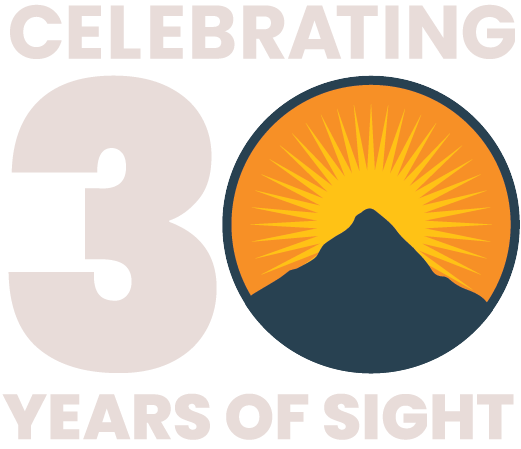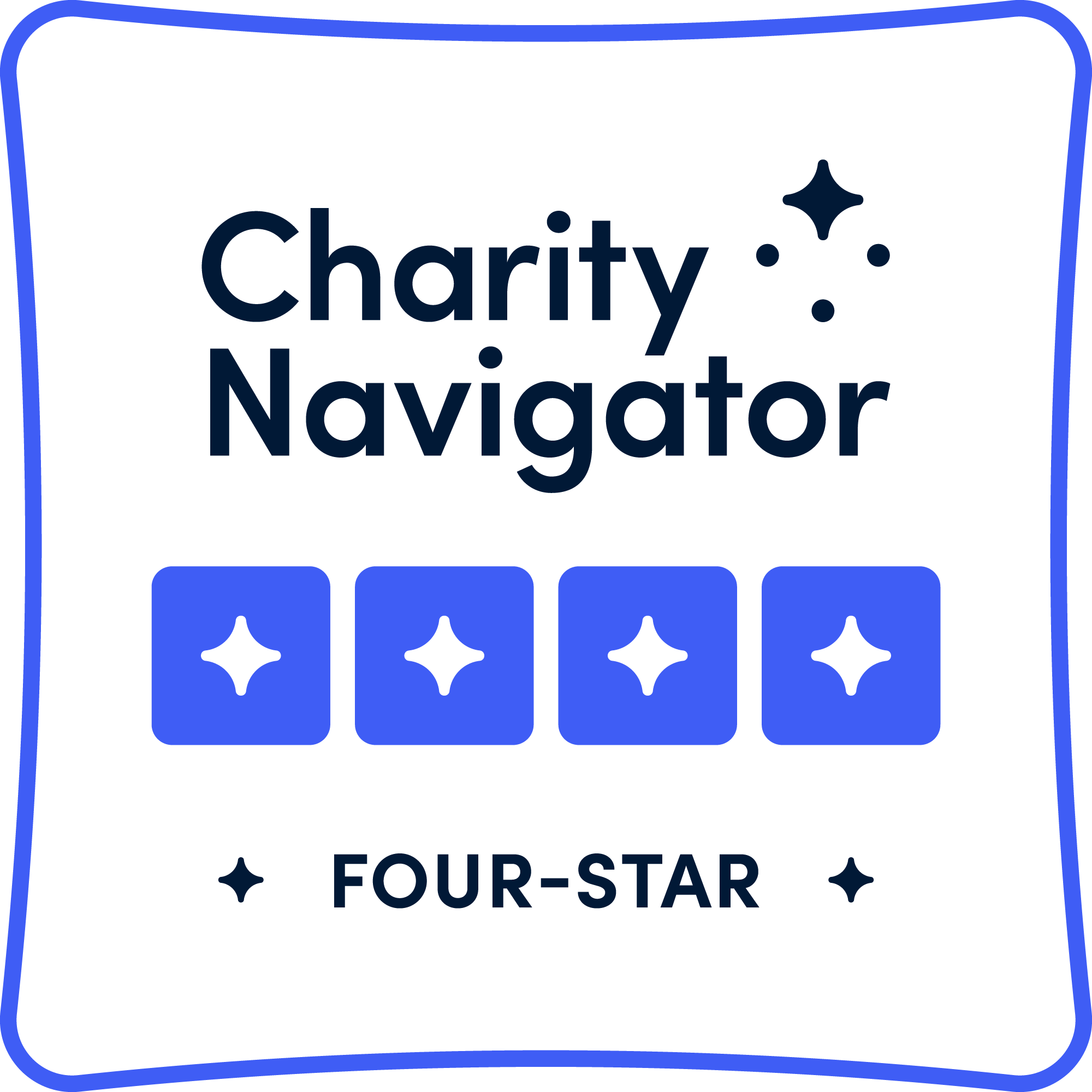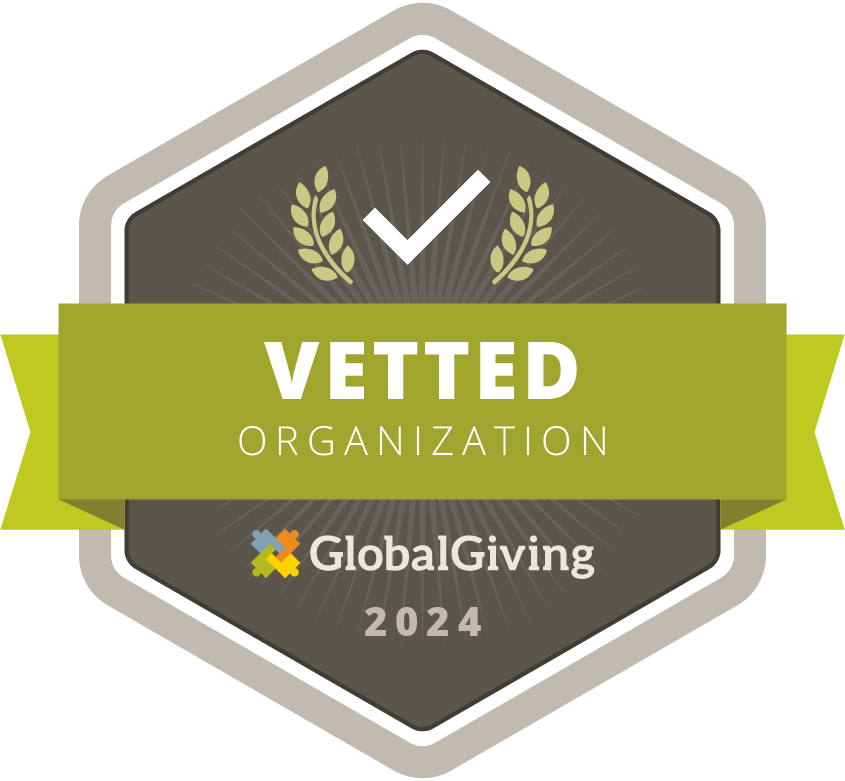Three Decades of Vision: Building Capacity, Changing Futures
In our 30th anniversary year, join Cure Blindness Project as we reflect on our past while simultaneously looking towards our future. This monthly feature titled Then & Now will showcase how much we’ve accomplished, always with partners, in our mission to cure avoidable blindness.
Co-founders Dr. Sanduk Ruit and Dr. Geoff Tabin envisioned (the then) Himalayan Cataract Project to be a leader in not only curing blindness but also in doctor training. They understood that for real change, the NGO needed to work to change and elevate existing systems of care with highly-trained, gifted surgeons who would then act as mentors to doctors who would follow in their path.
Phase I: 1995-2005
Early training efforts focused on capacity building at the tertiary level in Asia at Tilganga Institute of Ophthalmology (TIO) in Nepal. Ophthalmologists from TIO traveled abroad to acquire new surgical skills and become leading specialists in the region for retina, cornea and other diseases. These Nepalese ophthalmologists soaked up the training and became regional leaders who became mentors and teachers to younger doctors and residents.

Today, TIO is a top-tier training facility for South Asia with doctors coming from all over the world to Kathmandu for sub-specialty hands-on training, as well as other didactic lectures. A majority of the 21,500+ training opportunities (across all topics and experience) provided by Cure Blindness Project since 1995 have occurred at TIO.
Phase II: 2006 - 2022
In 2006, Cure Blindness Project expanded to sub-Saharan Africa to replicate its now proven strategy in Nepal to effectively build capacity. Ethiopian and Ghanaian ophthalmologists traveled to TIO to complete sub-specialty trainings and then returned home to become clinician mentors and teachers.
Phase II also focused on strengthening residency programs with talented, qualified ophthalmologists in Ethiopia and Ghana available to provide leadership and direction. Hospitals and learning institutions in sub-Saharan Africa began to build and host sub-specialty trainings.

Phase III: 2023 - today
With the acquisition of SightLife International, Cure Blindness Project was able to expand capacity building to community health workers in Nepal and India. These community first responders prove to be instrumental in treating preventable blindness such as corneal abrasions. Cure Blindness Project announces the 2023 milestone of 50,000 corneal abrasions prevented through early detection and intervention.
This work also allows Cure Blindness Project to build capacity for eye banking.
As we look to the future, Cure Blindness Project remains committed to strengthening systems of care by investing in people—ensuring that the vision of curing avoidable blindness lives on through the hands and hearts of those we’ve trained and empowered across the globe.







